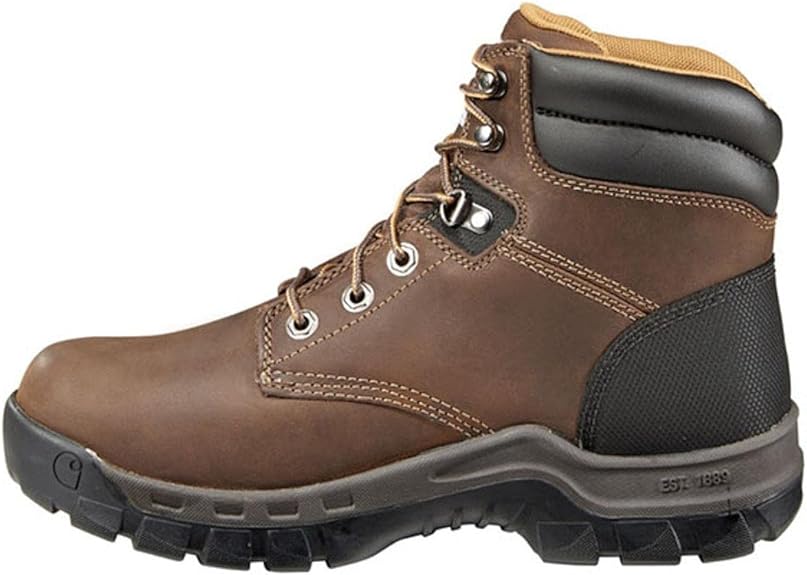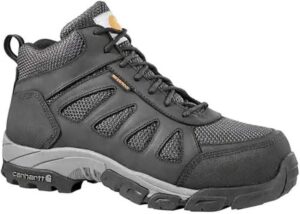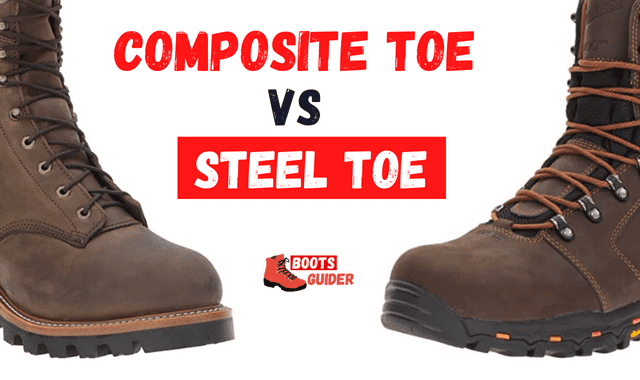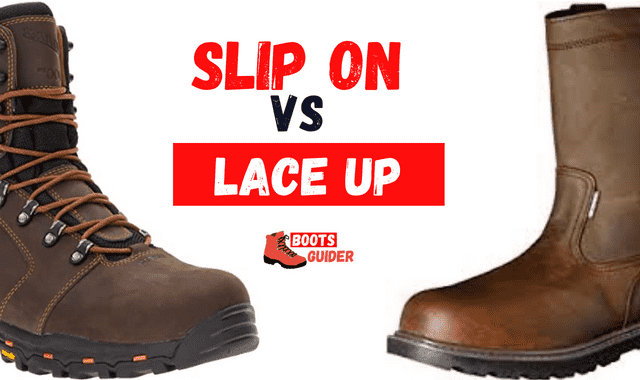Carbon Toe vs Composite Toe Caps: An In-Depth Comparison for Your Work Boot Needs
Are you in the market for a new pair of work boots but unsure about the difference between carbon and composite safety toe caps? You’re not alone. Understanding the nuances between these two crucial components can make a significant difference in your comfort, safety, and overall satisfaction with your work boots.
In this comprehensive guide, we’ll delve into the details of carbon toe vs composite toe caps, addressing common questions and concerns to help you make an informed decision.
Quick Comparison of Carbon Toe vs Composite Toe Caps:
| Toe Caps | Hardness | Lightweight | Thin | Thermal Expansion | Electrical Hazard Protection | Popularity |
|---|---|---|---|---|---|---|
| Carbon | Yes | Yes | Yes | No | Yes | No |
| Composite | Yes | Yes | Yes | No | Yes | Yes |
Electrical Hazard Protection of Carbon and Composite Toe:
Workers in environments with live wires or electrical equipment require boots with reliable electrical hazard protection. Both carbon and composite toe caps excel in this regard, as their nonmetallic composition eliminates the risk of conducting electricity. Whether you opt for carbon or composite, rest assured that your boots will help keep you safe from electrical hazards. For those who want to explore more toe options, you might also want to check out our detailed comparison of carbon and steel toe boots.
Materials used in Carbon and Composite Toe Caps:
Carbon Fiber
At the core of carbon toe caps lies carbon fiber, a naturally occurring material prized for its exceptional hardness and compactness. Blended with other components, carbon fiber provides both rigidity and flexibility, crucial for protecting your toes without sacrificing comfort.
One notable advantage of carbon fiber is its non-conductive nature, making it ideal for environments where electrical hazards are a concern. Additionally, carbon fiber toe caps do not expand with heat, making them well-suited for high-temperature work conditions.
Composite Materials
Composite toe caps, on the other hand, are crafted from a blend of materials such as fiberglass, kevlar, and yes, carbon fiber. Utilizing advanced nanotechnology, these composite materials are layered and fused to create lightweight yet durable toe caps.
While not as inherently rigid as carbon fiber, composite toe caps offer impressive strength and protection, making them a popular choice for many workers. Like carbon fiber, composite materials are nonmetallic, providing electrical hazard resistance and thermal insulation benefits.
Carbon Toe vs Composite Toe which one is Harder :
When it comes to protecting your toes from heavy objects, hardness matters. Carbon toe caps, thanks to their modern technology and intertwined carbon fiber layers offer superior impact and compression resistance compared to composite toe caps.
While both options provide adequate protection for most work environments, the added toughness of carbon fiber may be preferred in high-risk scenarios.
Thermal Expansion of Composite and Carbon Toes:
For those working in extreme temperatures, thermal expansion can be a concern. Fortunately, both carbon and composite toe caps offer thermal insulation properties, ensuring your feet remain comfortable regardless of the weather.
Under their nonmetallic construction, these toe caps mitigate heat and cold transfer, allowing you to focus on the task at hand without discomfort.
Weight & Bulkiness of Safety Toe Caps:
Gone are the days of bulky, heavy work boots weighing you down. Carbon and composite toe caps offer a lightweight alternative to traditional steel options, reducing fatigue and increasing agility on the job.
While carbon toe caps tend to be slightly lighter than their composite counterparts, the difference is negligible for most users. Whether you prioritize maximum protection or enhanced mobility, both options deliver a winning combination of strength and comfort.
Price comparison of Composite vs Carbon Toe:
When it comes to affordability, composite toe caps have the edge over carbon fiber. The advanced technology and manufacturing processes required for carbon toe caps result in a higher price point compared to composite alternatives.
While the difference in protection may be minimal for the average worker, budget-conscious consumers may find composite toe caps to be the more economical choice.
Popularity of Both Toes:
In work boots, popularity often correlates with performance, comfort, and value. Composite toe caps have surged in popularity due to their versatility, offering a compelling blend of safety, comfort, and affordability. While carbon toe caps boast superior hardness and lightweight construction, their higher cost and limited availability have contributed to their relative rarity in the market.
Carbon Toe vs Composite Toe: Which one is Safer?
Regarding safety, carbon toe caps hold a slight edge over composite toes, offering enhanced hardness and impact resistance. However, for the average worker, the difference in protection is minimal, making both options viable choices. Whether you prioritize maximum safety or affordability, rest assured that both carbon and composite toe caps provide reliable protection for your feet.
Top Picks from Both Toes
Carhartt CMF6366 6 Inch Composite Toe Boot

- Toe Material: Composite
- Lightweight
- 100% Leather
Description:
These are ASTM-approved and made with 100% leather. Its safety toe is composite and protects from any toe injuries. Have rubber outsoles to ensure slip resistance. EVA midsoles provide extra comfort all day of work.
Carhartt CMH4481 Carbon Nano Toe Work Boots

- Toe Material: Carbon Nano
- Lightweight
- Industrial Boots
Description:
Featuring ASTM 2413-18-compliant carbon nano toe caps, the Carhartt CMH4481 offers unparalleled impact and compression resistance. Combined with electrical hazard protection of up to 18,000 volts and a waterproof breathable membrane, these boots provide comprehensive safety and comfort in any environment.
Why Are Steel Toe Caps More Popular?
Despite the rise of carbon and composite toe caps, steel toe caps remain a popular choice for many workers. Their affordability, robustness, and widespread availability make them a compelling option for those seeking reliable toe protection. However, steel toe caps are not without their drawbacks, including increased weight, bulk, and conductivity. For those prioritizing comfort and modern technology, carbon and composite alternatives offer superior performance without compromising safety.
Conclusion about Carbon Toe Vs Composite Toe
In the debate between carbon toe and composite toe caps, there is no clear winner. Both options offer unique advantages and considerations, allowing workers to tailor their choices to their specific needs and preferences. Whether you prioritize maximum safety, affordability, or comfort, rest assured that carbon and composite toe provides reliable protection for your feet in the most demanding work environments.
FAQs
What is carbon toe cap?
It’s a boots’ toe type that is made up of carbon fiber. Used as an alternative to steel toes as it is lighter in weight than other metal toes.
What is better carbon toe or composite toe?
Carbon toe boots excel in resisting higher temperatures, maintaining their goodness without melting or bending. On the other hand, while composite-toe shoes generally offer good temperature resistance, they may not perform as well as carbon fiber safety-toe shoes under extreme heat.




